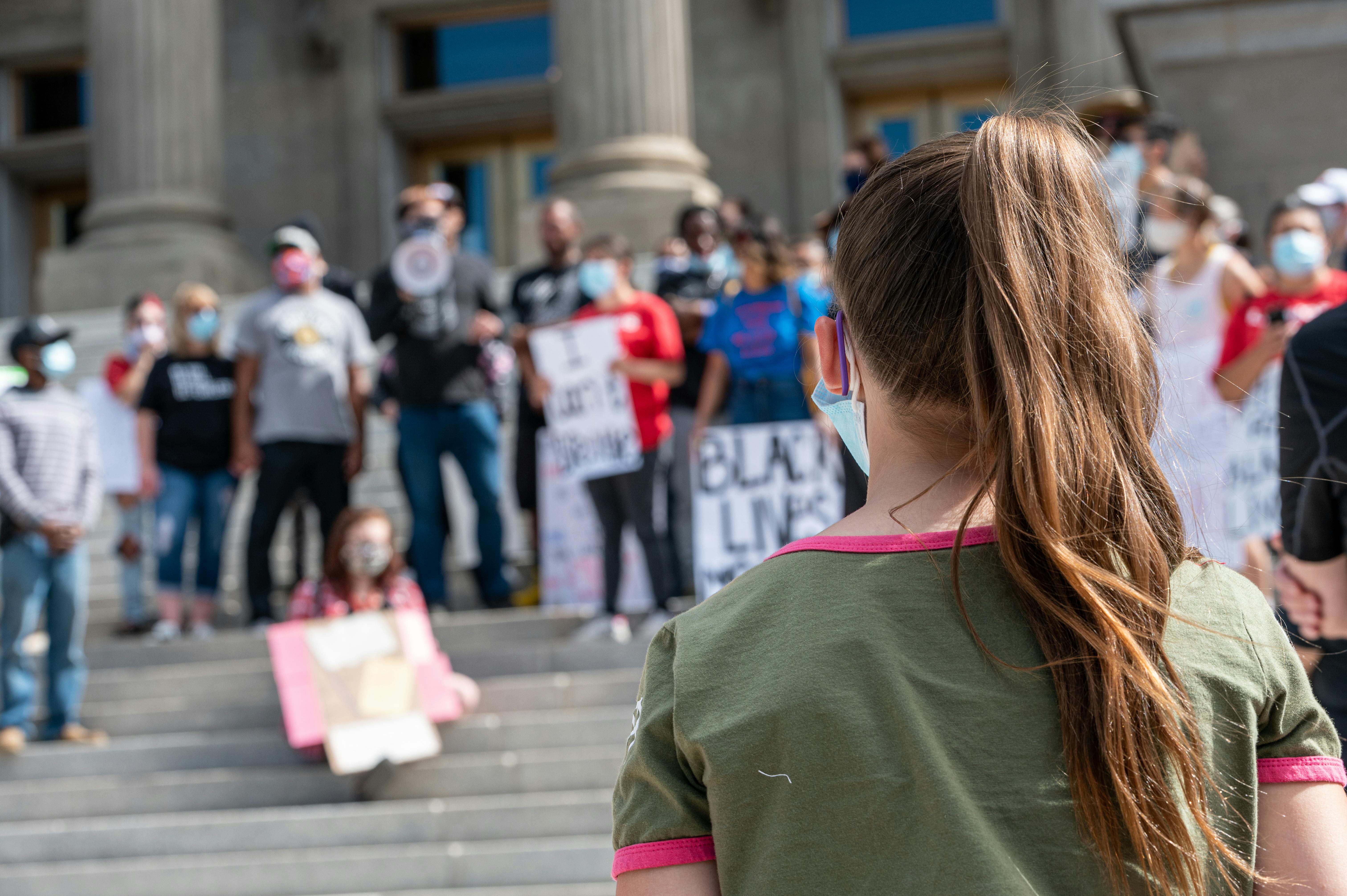To bring a copyright infringement lawsuit, the copyright owner must be able to establish three elements. The first, ownership of a valid copyright, requires that the copyright relate to an original work of authorship fixed on a tangible medium. The second item requires the actual copy of that work, which can be shown using direct evidence, indirect evidence, or a combination of both. Finally, the copyright holder must prove misappropriation. It is this third element that goes directly to the question posed in this article. How much of my work can be incorporated into another work before it constitutes copyright infringement?
Unfortunately, there is no definitive answer to this question. Instead, one must look at the preceding jurisprudence to establish how much is too much. That said, when copyright infringement is alleged, the copyright owner must show that what was actually taken and incorporated into the allegedly infringing work was copyrighted. Once this is established, it is up to the plaintiff to show that the audience of the work will recognize “substantial similarities” between the two works. Although there is no set percentage, for example, to determine whether there is substantial similarity, there are two commonly recognized methods available to assist in the misappropriation part of a copyright infringement analysis.
The first method, known as the subtractive method or abstraction / subtraction approach, first identifies which parts of the work can be protected. The method then instructs the fact finder to remove, or subtract, those elements that are not protectable. The remaining items are then compared to the allegedly infringing work to determine if there are substantial similarities.
The second method, known as the totality method or the total concept and feeling approach, leaves the works in their entirety when doing the analysis. In particular, all copyrighted work is compared to the allegedly infringing work to determine whether there is substantial similarity. Clearly, the defendant’s goal is to show the differences between the two works in an effort to avoid liability.
Today, courts will employ each of the above methods, and sometimes both methods, to aid in the analysis of misappropriation. Given the factual nature of copyright law, it is not ruled out that one method favors the copyright holder while the other method favors the alleged infringer. Therefore, it is worth analyzing, at the beginning of any intended action for copyright infringement, the probability of success with both methods. This will not only allow the copyright holder to identify the strengths and weaknesses of the particular case, but will also allow the copyright holder to make a decision on whether or not it is worth pursuing a copyright infringement lawsuit. . Alternatively, cease and desist letters, negotiation, amicable resolution, or other means other than litigation, such as copyright licensing, may be a possibility worth exploring.
Therefore, while the ownership of a valid copyright and the actual copy are two factors that also require particular analysis, it is often the element of misappropriation that is the determining factor in a copyright infringement matter. Copyright holders are well informed to fully analyze the extent of misappropriation, just as defendants in a copyright infringement lawsuit must constantly seek to identify elements that deny a finding of substantial similarity.
